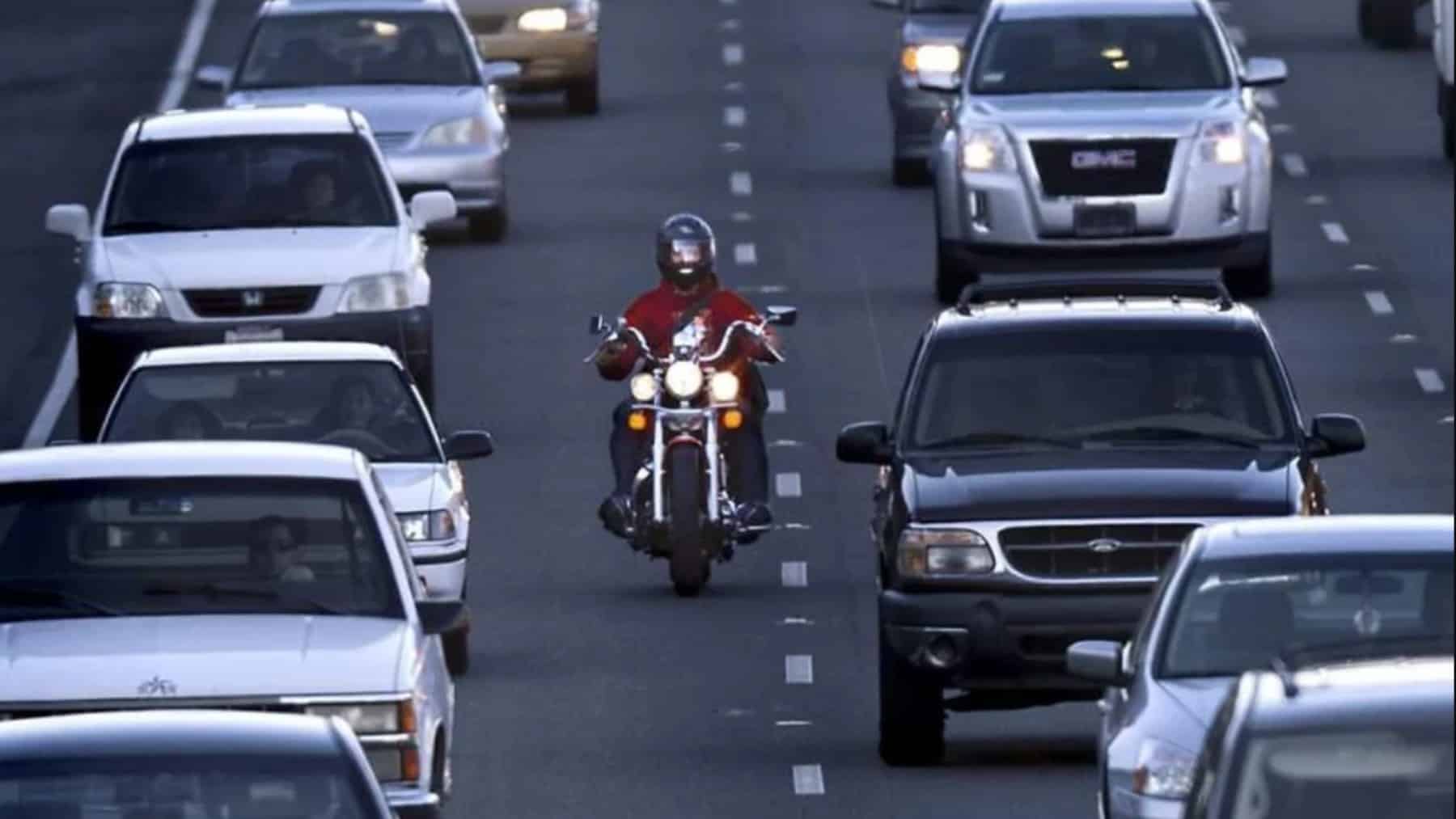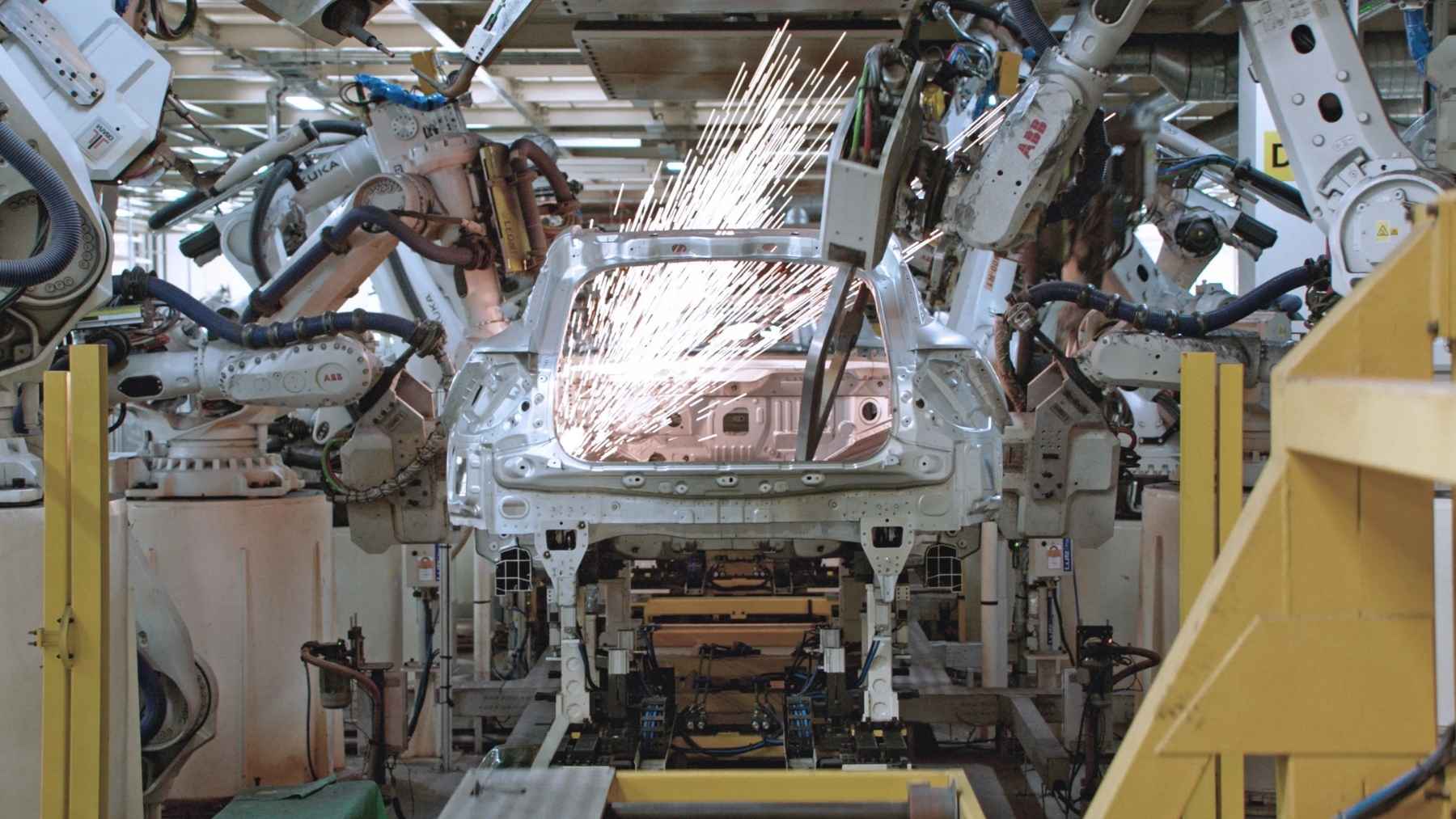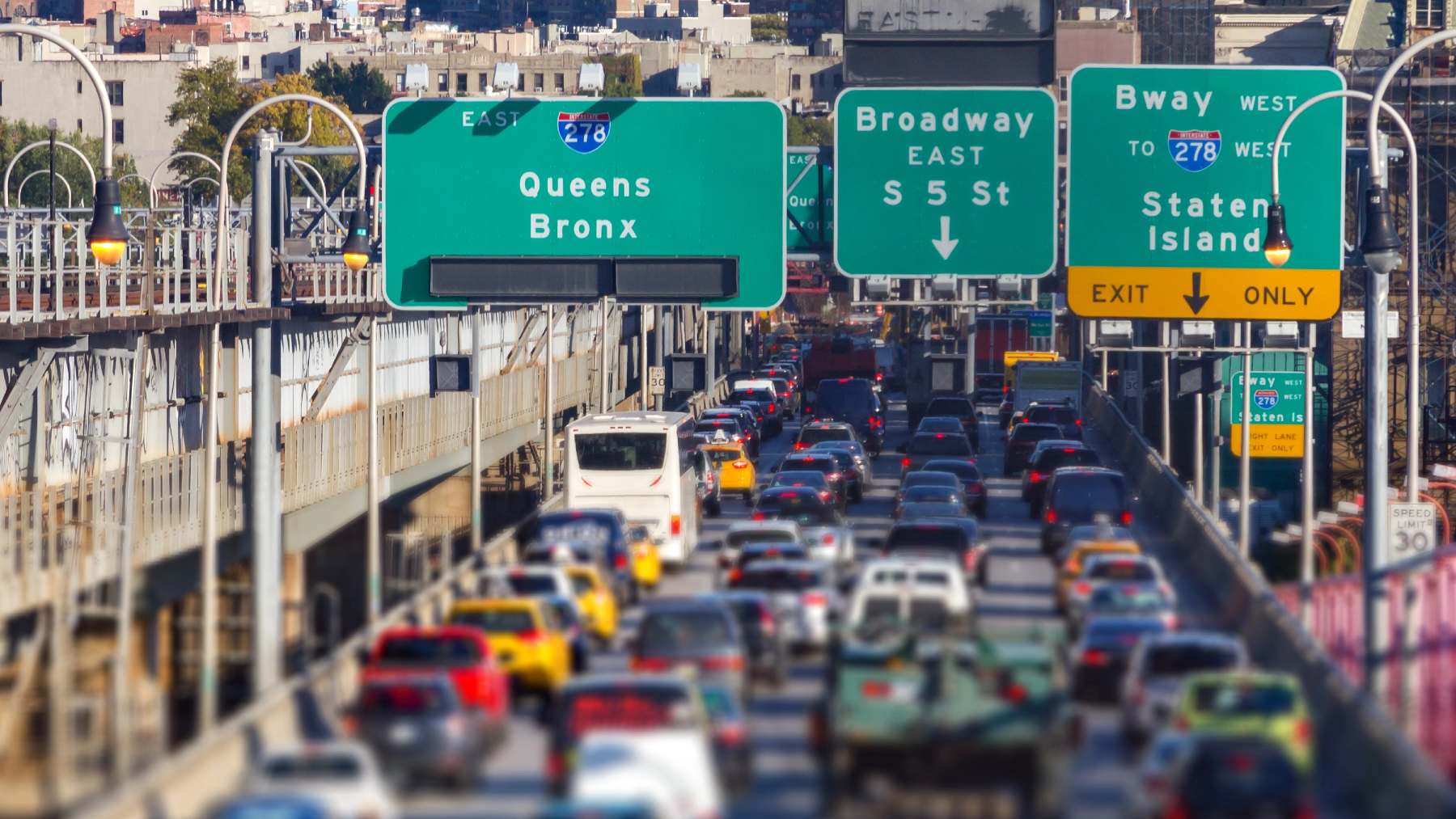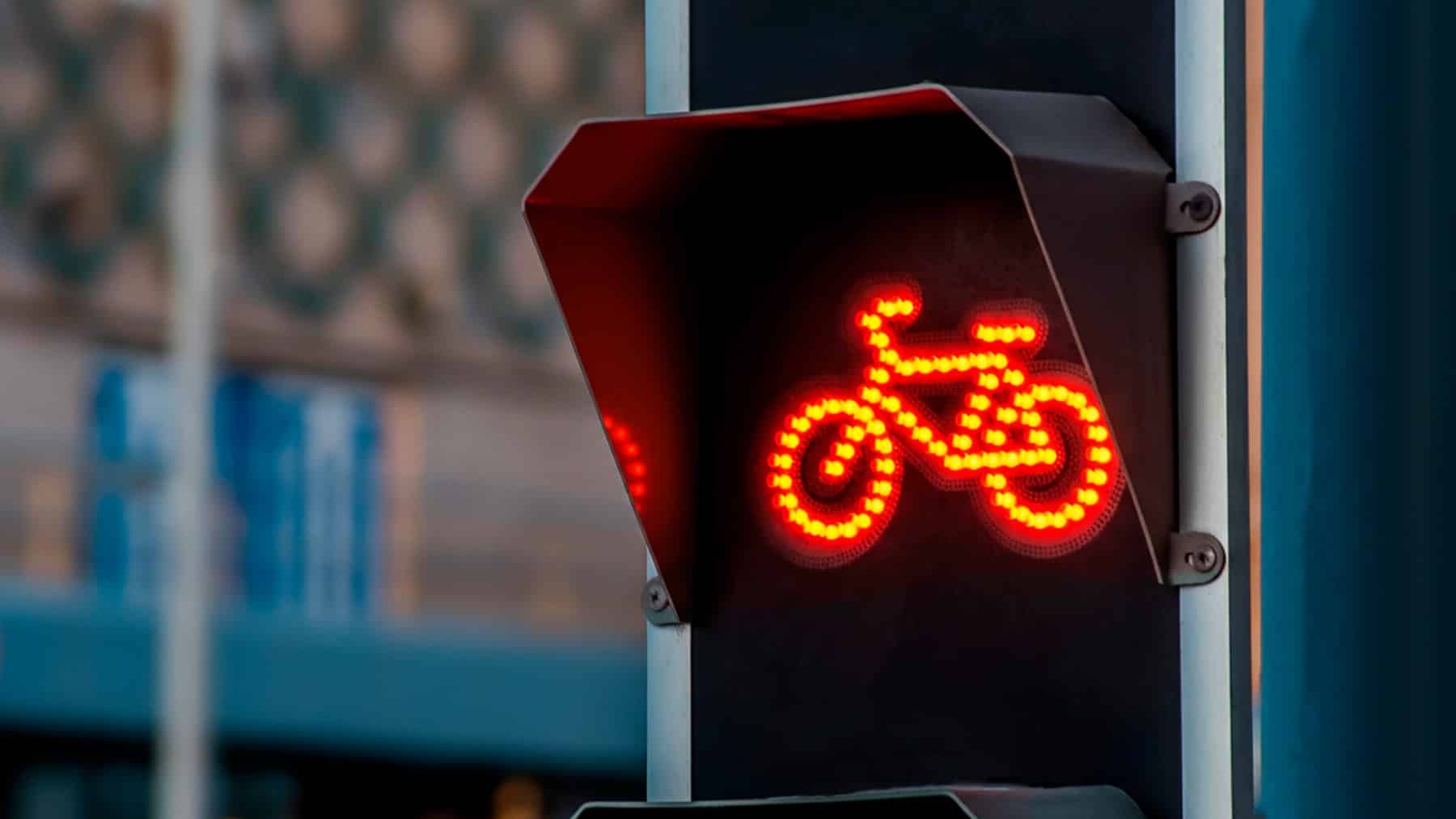One state has taken the initiative to legalize lane-splitting and lane filtering in a carefully controlled way. While the debate pertaining to lane filtering has been ongoing, however, the adopting of this practice and that of lane-splitting has come into effect as of July 1. Now riders in the state can move between lanes of traffic that are either stopped or moving provided that they stay within speed and location requirements. The law came into place to address the issue of traffic congestion in the state and to ensure that people reach work on time.
Understanding the implications of lane-splitting and lane filtering
Although lane-splitting and lane filtering are seen as being synonymous, the way they are practiced on the road is entirely different:
- Lane-splitting is when a motorcycle moves between two lanes of moving traffic so as to pass by slower vehicles.
- Lane filtering tends to happen when cars are stopped and motorcycles ride between cars during gridlock traffic or at a traffic light.
In certain areas of the state, both practices are legalized provided that motorcyclists stay within the set speed parameters. When it comes to lane-splitting, motorcycles can split lanes when the traffic seems to be moving in two or more lanes that are in the same direction. All riders are encouraged to stay below 25 MPH, but riders are further guided by surrounding traffic where they cannot drive more than 15 MPH faster than the traffic surrounding them.
Lane filtering occurs when a motorcycle passes by stopped traffic while staying at about 15 MPH higher than the speed of adjacent vehicles. With such rules in place, motorcyclists can avoid traffic at a reasonably low speed so as to avoid getting bumped by vehicles they are passing by.
Rules as to where lane-splitting and filtering is allowed
While lane filtering and lane-spliting are legally allowed in the state, some areas are deemed forbidden areas such as:
- School zones
- Construction areas where one lane is open only
- Freeway entrance and exit ramps
- Roundabouts and entry or exit points
The state has taken a well-informed decision to exclude such high-risk zones from the new law which shows the state’s initiative to exercise caution while embracing something new on the roads. According to Don Moehrle of St. Croix Valley Riders who advocated for the law, the bill was guided by safety as a core premises so all riders and drivers in the state should be motivted to embrace the law safely. Drivers who attempt to block riders may face legal charges. To ensure the law gets embraced properly, public awareness campaigns have been put forward to share important rules.
Understanding the law in terms of the national scheme of road laws
California was the only state to have allowed lane-splitting up until now. Restricted lane-filtering was allowed in Utah and Arizona. Laws in place in other states tend to lack the safety and speed laws guiding lane filtering and lane-splitting practices in this new state.
Should public education, holding riders accountable, and enforcing this guideline work well, all will run smoothly with the adoption of the new law in the state. While drivers in Connecticut have to deal with traffic enforcement cameras all over the roads, perhaps citizens in Minnesota only need to worry of embracing these new lane-splitting and lane filtering laws.
Which state is embracing this new law?
According to the Minnesota Department of Public Safety from July 1, Minnesota has legalized both lane-splitting and filtering. For motorcyclists and drivers the law will require mutal understanding on the road if it is to be implemented properly. In Kansas City, red lines have been painted and in Minnesota the focus has fallen on reducing traffic congestions considerably.














